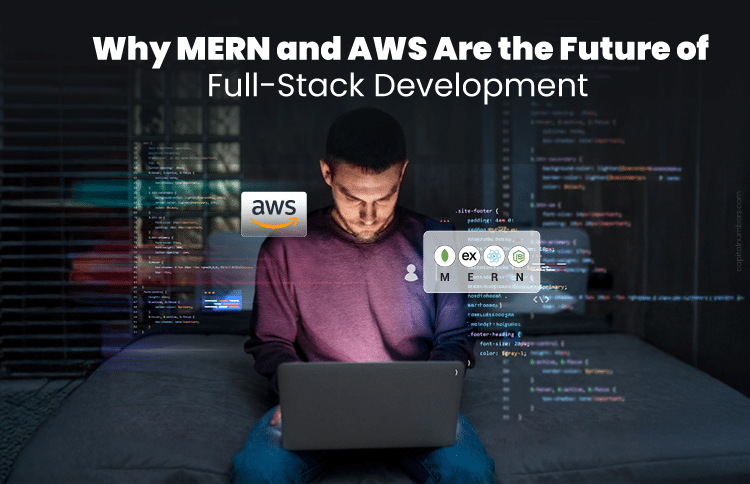Hyperledger in Blockchain: Everything You Need to Know
Table of Contents
Hyperledger is an ecosystem that supports blockchain protocols, distributed ledger, smart contracts, frameworks, and tools for active engagement and collaboration of businesses, developers, and other stakeholders. Its modular architecture delivers high resilience, confidentiality, flexibility, and scalability.
If you want to streamline your business process by building a highly scalable and reliable enterprise blockchain-based application with innovative contract-enabled hyperledger frameworks, opting for Hyperledger development services is the best way. Using state-of-art hyperledger frameworks, the developers will foster your blockchain business ahead.
But before you get started, read on to understand this in detail.
Importance of Hyperledger in Blockchain
Backed by IBM and Linux Foundation, Hyperledger was founded to advance the discovery and adaptation of cross-platform blockchain systems.
Blockchains can transform online transactions by fostering openness, faith, and trustworthiness, according to the Hyperledger webpage. Around 100 companies, comprising leading industries like IBM, Nokia, and Samsung, are part of the Hyperledger blockchain that meets every month to supervise the development of prospective blockchain frameworks. This Hyperledger neither has any nor will have its coin.
In a word, Hyperledger’s purpose is to develop robust industrial applications using blockchain technology without getting involved in developing digital currencies.
Top 4 Benefits of Hyperledger in Business
Permissioned membership
Hyperledger Fabric, a framework for permissioned networks, uses participants known as identities. When considering a permissioned network, you must consider whether your blockchain use case must comply with data protection regulations. Many use cases are subject to data protection laws that require knowing the network members and who is accessing specific data.
Performance, scalability, and levels of trust
This fabric is built on a modular architecture that separates transaction processing into three phases – distributed logic processing and agreement, transaction ordering, and transaction validation and commitment. Network scalability and performance are improved, and fewer layers of trust and verification are needed among different types of nodes.
Data on a need-to-know basis
Businesses, due to competitiveness, regulation on confidentiality of personal data, and protection laws dictate the need for privacy of specific data elements. And it can be achieved through data partitioning on the blockchain. Channels, supported in Hyperledger fabric, allow data to go to particular parties that need to know.
The modular architecture supporting plug-in components
Hyperledger Fabric architecture’s modularity enables network designers to plug in their preferred implementations for components, which is an advantage. A core requested modularity area is “bring your own identity.” Some multi-company networks already have identity management and want to reuse instead of rebuild. Other architecture components easily plugged in include encryption or consensus, where some countries have encryption standards.
The Architecture of Hyperledger Fabric System
Assets
It can vary from physical to immaterial. The Hperledger fabric enables users to modify assets using the chain code transaction mechanism.
Chaincode
Chaincode enforces the requirements for modifying or accessing key-value pairs and other dynamic database items. These activities are launched with a transaction concept and executed against the current state data of the ledger.
Ledger
A sequential, damage-resistant ledger records every value modification made to the fabric. State changes resulting from chaincode abstractions (also known as “transactions”) provided by interacting parties.
Channel
Enable high levels of confidentiality and anonymity for multilateral transactions.
Security
Participants in permissioned membership know that all transactions can be found and tracked by authorized regulators and auditors.
Consensus
Allow new network participants to choose the consensus process most accurately reflects their connections.
Industry Use Cases for Hyperledger Fabric
Supply Chain
Hyperledger Fabric networks can enhance the transaction processes of the supply chain by improving the transparency and traceability of transactions within the fabric.
Trading and Asset Transfer
Using Hyperledger, organizations or members can transact and interact with each other paperlessly. Also, as assets can be dematerialized, traders can trade anytime.
Insurance
Hyperledger fabric helps insurance companies refer to the transaction data stored inside the ledger. Also, using the claim code and automating the payment can make the claims process faster.
Bottom Line
The potential for blockchain technology is enormous with hyperledger fabric. The new-age tools allow you to efficiently manage the complexity and nuance of the financial ecosystem while creating highly scalable, reliable, and non-monetary applications.
If you want to build a blockchain app on Hyperledger fabric across geographies and clouds, choose Capital Numbers. Being a leading Hyperledger development company, we are helping businesses with powerful enterprise blockchain solutions based on Hyperledger fabric. For more details,schedule a call with us today!















